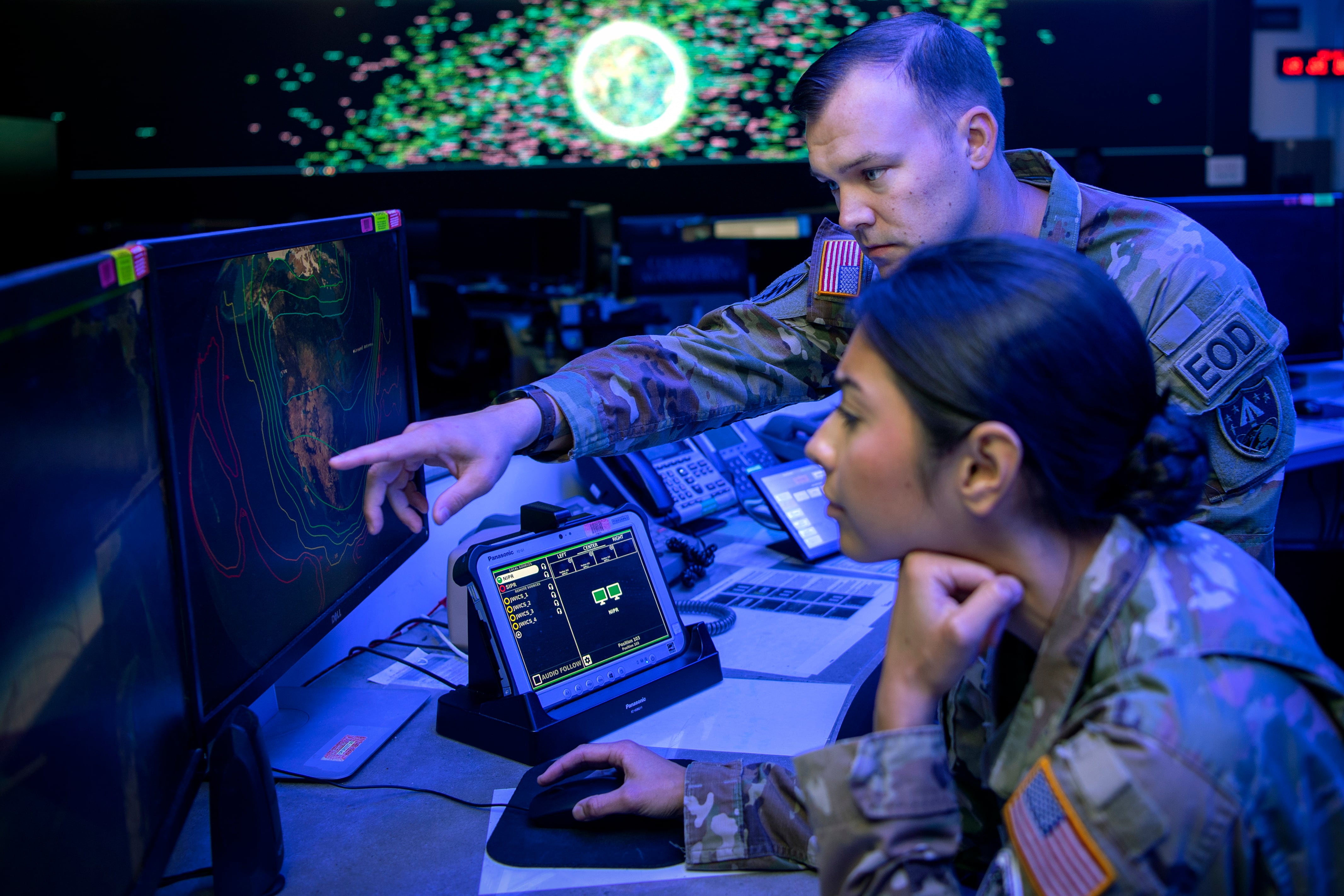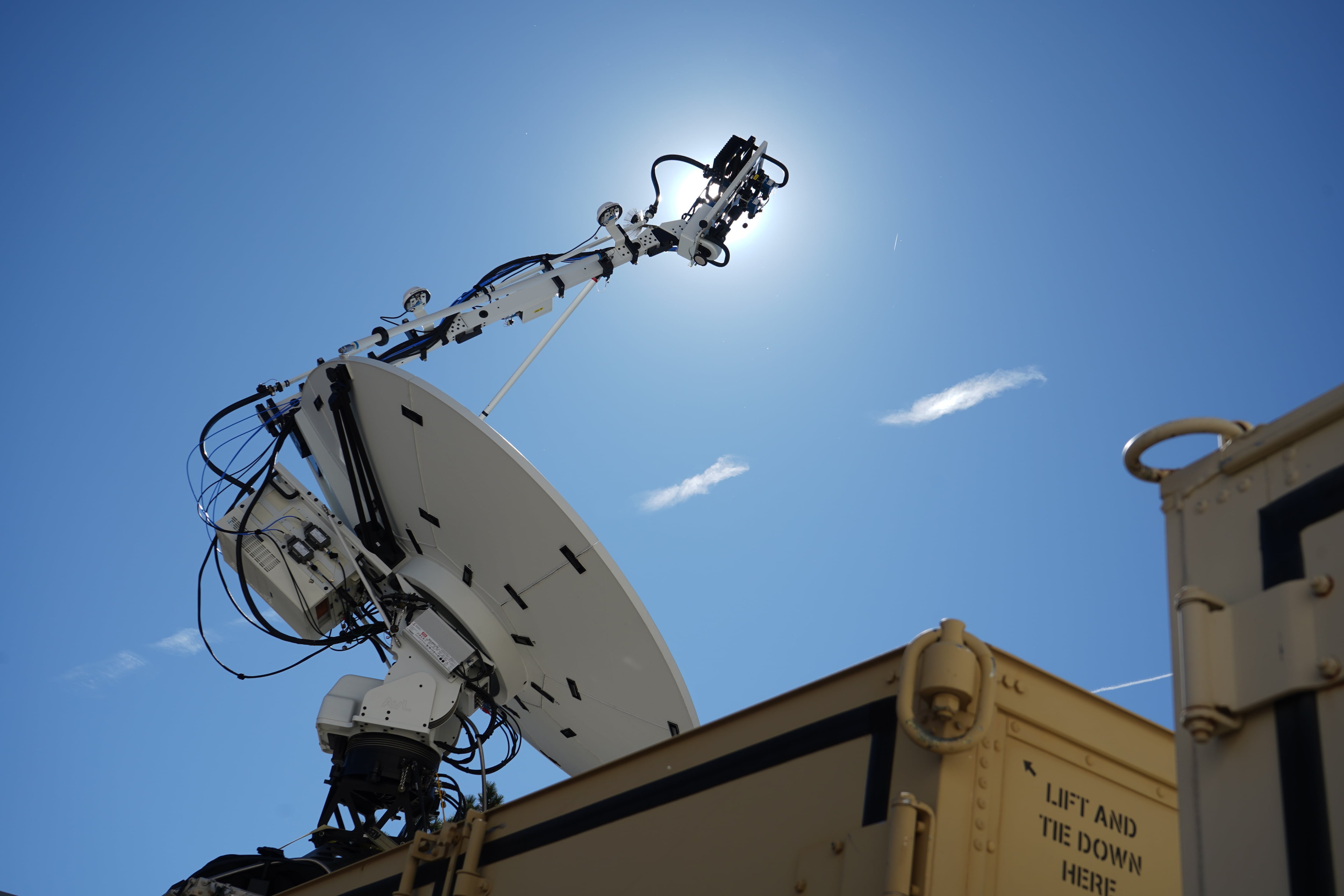The National Geospatial-Intelligence Agency was able to get satellite imagery into the hands of humanitarian mission faster with Hurricane Dorian than previous natural disasters by simplifying its organization and providing access to outside mapping data, officials said.
The NGA is charged with analyzing and distributing geospatial intelligence to the national security community. Additionally, the agency provides mapping data in the aftermath of natural disasters to help relief efforts understand the area and plan accordingly. After Hurricane Dorian slammed into the Bahamas in early September, the agency worked quickly to distribute imagery through a web portal to humanitarian response and recovery efforts.
For Amar Mahabir, the NGA’s branch chief for humanitarian assistance and disaster relief, the agency’s speed in responding to Hurricane Dorian was notably faster than in previous years.
The hurricane pulled away from the Bahamas Tuesday, Sept. 3. Two days later, the NGA uploaded its site with general mapping data. Roughly five days later, the NGA had 80 products available.
“I don’t know if we could top this, because this was really good,” said Mahabir.
Essential to the response was the way the intelligence agency simplified its communications between itself and government entities and disaster relief efforts that needed their mapping data to know which areas remained flooded, what roads were used and what critical infrastructure was damaged.
“One of the key changes from three years ago to this year was just the quickness that we were able to coordinate ourselves and respond quickly to requirements. Once we knew what customers wanted, we were able to organize NGA to support that customer," he said.
In the past, the NGA had different points of contact each reaching out to separate customers, learning their requirements and providing multiple data sets. But Mahabir said this approach could cause confusion for groups who didn’t know the right person to contact and resulted in a duplication of effort.
“This time around, what we did was we had one central POC who collected all of their requirements from the customers,” Mahabir said.
Once the requirements were collected, NGA staff prioritized them to get the most important data out there. It quickly became obvious that the most important data people needed was the location and status of airfields in the Bahamas since planes would be the primary means to get supplies into the islands. After that, ports, roads and critical infrastructure were prioritized to help disaster response teams understand how they could distribute aid effectively on the island.
“Overall, the process is what really kicked off the NGA response,” said Mahabir. “And from the time we had access to imagery to the time that the customer [received it] was only four or five days.”
One factor that slows the response is the weather. The satellite images the NGA processes often can’t penetrate the dense clouds of a hurricane. While the NGA can provide general mapping data almost immediately, the more detailed images and products that first responders need is weather dependent. So the quicker a hurricane clears out of an area, the quicker the NGA can receive and analyze imagery.
Even as the NGA has finely tuned its disaster response efforts to get data to responders faster, some other organizations were able to respond faster. Commercial imagery provider Maxar and Copernicus, the European Union’s earth observation program, each published images faster than the NGA. Senior GEOINT Analyst Norman Aiman even singled out Copernicus analytic data as more accurate than the NGA’s own.
“They had [disaster assessments] turned around within, like, two days from when the hurricane hit using commercial imagery,” said Aiman
He attributed Copernicus’ speed with the organization’s use of crowd sourcing to analyze the imagery.
However, the NGA provided access to all of this imagery through the agency’s web portal.
“[This] was the first time where we actually hosted websites that led you to other places where you could get other GEOINT,” said Mahabir. “We wanted everyone to have all the products that were available.”
Nathan Strout covers space, unmanned and intelligence systems for C4ISRNET.








